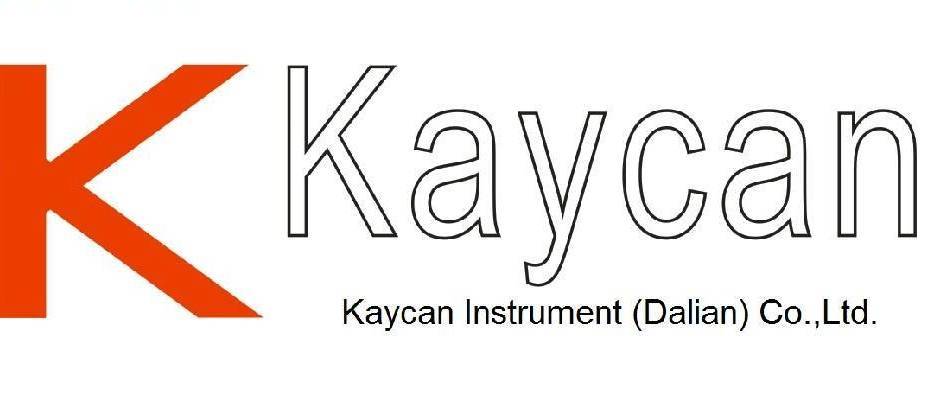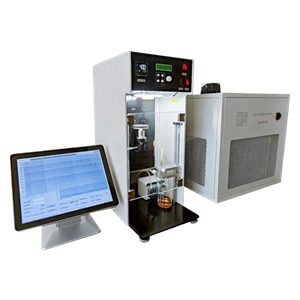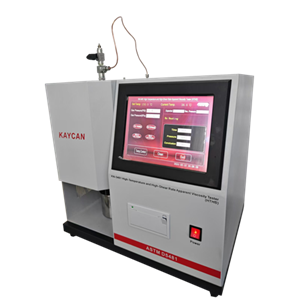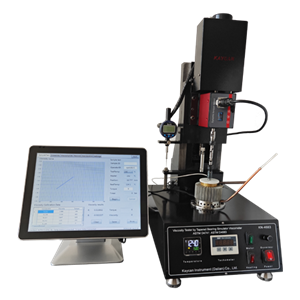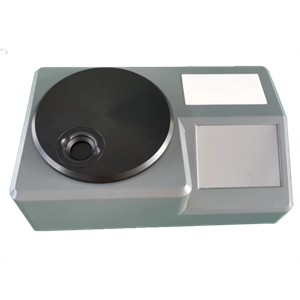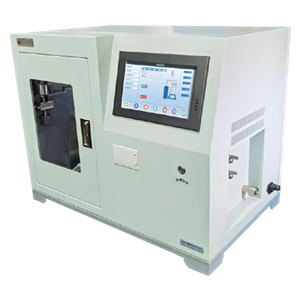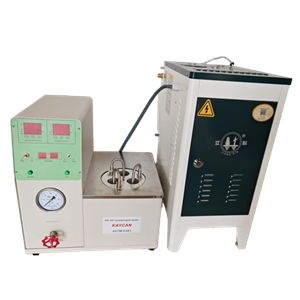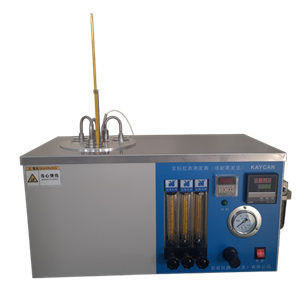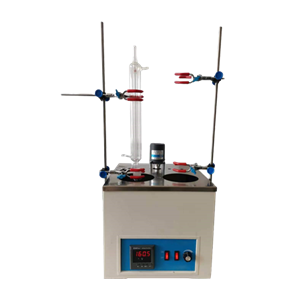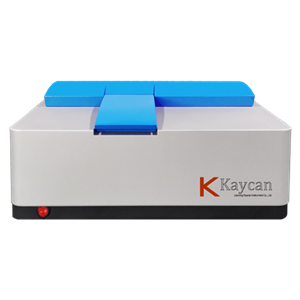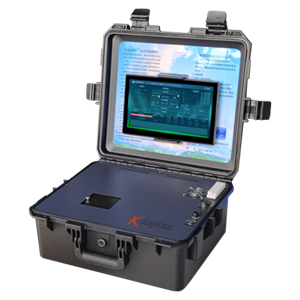-
ASTM D8184 Particle Quantifier Instrument for Ferrous Wear Debris
KN-8184 Particle Quantifier Instrument for Ferrous Wear Debris conforms to ASTM D8184 Standard Test Method for Ferrous Wear Debris Monitoring in In-Service Fluids Using a Particle Quantifier Instrument. This test method is intended for the application of PQ magnetometry in assessing the progression of wear in machinery, for example, engines and gearboxes, by trending the mass of ferrous debris in samples of lubricating oils or greases.
Send Email Details -
ASTM D6421 Apparatus for Electronic Port Fuel Injector Fouling by Bench Procedure
KN-6421 Apparatus for Electronic Port Fuel Injector Fouling by Bench Procedure conforms to ASTM D6421 Standard Test Method for Evaluating Automotive Spark-Ignition Engine Fuel for Electronic Port Fuel Injector Fouling by Bench Procedure. This test method covers a bench test procedure to evaluate the tendency of automotive spark-ignition engine fuel to foul electronic port fuel injectors (PFI). The test method utilizes a bench apparatus equipped with Bosch injectors specified for use in a 1985-1987 Chrysler 2.2-L turbocharged engine. This test method is based on a test procedure developed by the Coordinating Research Council (CRC) for prediction of the tendency of spark-ignition engine fuel to form deposits in the small metering clearances of injectors in a port fuel injection engine.
Send Email Details -
ASTM D381 Existent Gum Content Tester
KN-381 Existent Gum Content Tester (Steam Method) conforms to ASTM D381 Standard Test Method for Gum Content by Jet Evaporation. When testing either aviation or motor gasoline, a 50±0.5ml quantity of fuel is evaporated under controlled conditions of temperature and flow of air. When testing aviation turbine fuel, a 50±0.5ml quantity of fuel is evaporated under controlled conditions of temperature an flow of steam. For aviation gasoline and aviation turbine fuel, the resulting residue is weighed and reported as milligrams per 100ml. For motor gasoline, the residue is weighed before and after extracting with heptane and the results reported as milligrams per 100ml.
Send Email Details -
ASTM D381 Existent Gum Content Tester, Air Method
KN-381A Existent Gum Content Tester (Air Method) conforms to ASTM D381 Standard Test Method for Gum Content by Jet Evaporation. When testing motor gasoline, a 50±0.5ml quantity of fuel is evaporated under controlled conditions of temperature and flow of air. For motor gasoline, the residue is weighed before and after extracting with heptane and the results reported as milligrams per 100ml.
Send Email Details -
ASTM D94 Saponification Number Of Petroleum Products
A known mass of the sample is dissolved in a suitable solvent, such as butanone (methylethylketone), xylenes, or Stoddard Solvent, or a combination thereof (Warning— Extremely flammable. Vapors can cause flash fire), and is heated with a known amount of alcoholic potassium hydroxide (KOH). The excess alkali is titrated with standard acid, and the saponification number is calculated.
Send Email Details -
Portable Infrared Spectroscopy Oil Content Detector
KN-EP600 Portable Infrared Spectroscopy Oil Detector will extract oil substances in water with tetrachloroethylene, determine the total extract, then adsorb the extract with magnesium silicate, and determine oil after removing polar substances such as animal and vegetable oils. The contents of total extracts and petroleum are calculated by absorbance a2930, a2960 and a3030 at bands with wave numbers of 2930cm-1 (stretching vibration of C-H bond in CH2 group), 2960cm-1 (stretching vibration of C-H bond in CH3 group) and 3030cm-1 (stretching vibration of C-H bond in aromatic hydrocarbon) respectively. The content of animal and vegetable oil is calculated according to the difference between the total extract and petroleum content
Send Email Details -
Portable Infrared Spectroscopy Oil Detector
KN-EP910 Portable Infrared Spectroscopy Oil Detector will extract oil substances in water with tetrachloroethylene, determine the total extract, then adsorb the extract with magnesium silicate, and determine oil after removing polar substances such as animal and vegetable oils. The contents of total extracts and petroleum are calculated by absorbance a2930, a2960 and a3030 at bands with wave numbers of 2930cm-1 (stretching vibration of C-H bond in CH2 group), 2960cm-1 (stretching vibration of C-H bond in CH3 group) and 3030cm-1 (stretching vibration of C-H bond in aromatic hydrocarbon) respectively. The content of animal and vegetable oil is calculated according to the difference between the total extract and petroleum content
Send Email Details -
ASTM D1742 Oil Separation From Lubricating Grease
When a lubricating grease separates oil, the remaining composition increases in consistency. This can affect the ability of the product to function as designed
Send Email Details
